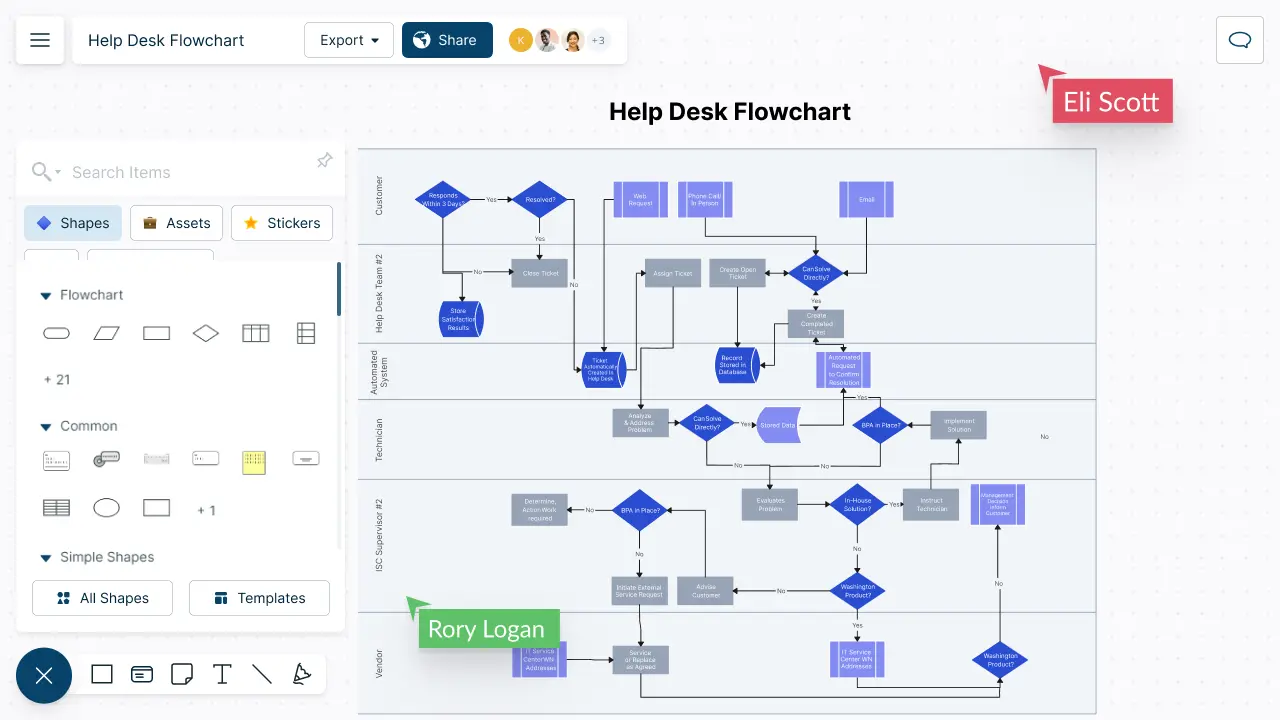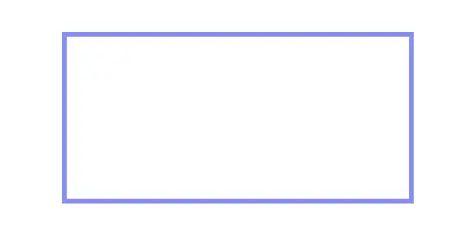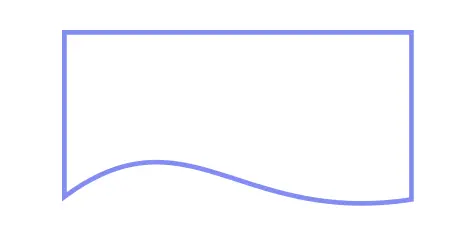Flowchart Maker
Online Flowchart Maker to Visualize Processes and Workflows
Visualize your workflows and processes to identify operational bottlenecks and areas for improvement.
- Professionally designed Flowchart templates to map processes faster
- Embed to web pages or export as JPEGs, PNGs, SVGs or PDFs
- Powerful sharing options to get feedback on your workflows
- Synced previews and live mouse tracking to map processes as a team

Flowchart Templates
What is a Flowchart?
A flowchart is a diagram that visually represents the progression of steps of a process or workflow. They are commonly used as decision-making, problem-solving, system designing, and educational tools.
There are multiple types of flowcharts including:
- Process flowchart - shows the steps of a process in sequential order.
- Workflow chart - visualizes a workflow or actions that need to be carried out to achieve a goal.
- Data flow chart - represents how data is processed within a system.
- Swimlane flowchart - illustrates process steps along with responsible owners or departments.
What are Flowcharts Used for?
Flowcharts are used across multiple industries;
- To clarify process steps or workflows and their respectful owners.
- To analyze existing processes to identify inefficiencies and necessary improvements.
- To collaborate on planning and designing new processes and to build a common understanding of them.
- To standardize processes by allowing team members to follow a single set of steps consistently.
- To train and guide new and existing employees on performing their tasks accurately.
How to Create a Flowchart Collaboratively
-
Identify the process or the workflow you and your team want to document or visualize. And then define the purpose and goals of the flowchart.
-
Gather the team members who will be involved in creating the flowchart. Create a Creately workspace for your flowchart. Add the team as collaborators with edit access to allow them to work together. You can easily track the changes they make with real-time cursor tracking and synced previews.
-
Identify the different steps involved in executing this process. If several people are responsible for carrying out the process, collaborate and get their input for an accurate visualization.
-
Using the standard flowchart symbols available in the Creately flowchart maker, convert the listed steps into a flowchart.
-
First, drag and drop the Start/End symbol onto the canvas. Using the Plus Create option, add the next symbol depending on whether it’s a process/step/operation or decision. Make sure to use the correct flowchart symbol to represent your data.
-
Connect the shapes with arrows highlighting the flow of the process or workflow. Creately’s Plus Create automatically recognizes the flow and adds the relevant connector as you draw the flowchart.
-
Customize the flowchart as necessary with Creately’s preset color themes before sharing it with stakeholders for feedback.
-
Review the flowchart frequently and update it as the process it represents, undergoes changes.
Flowchart Symbols

Terminal / Terminator
Represents the start or end of a process or system.

Process
Represent a process, action step, or operation.

Data
Shows the data inputs or outputs of a process.

Decision
Represents the decision point of a process.

Document
Indicates a document or report in a process flow.

Stored Data
Represents a data storage device or location, such as a database, file, or other form of data storage.

Direct Data
Indicate a step in the process where data is directly entered or obtained from an external source, such as a user, sensor, or other system.

Internal Storage
Represents an internal storage location, such as a register or buffer.

Manual Input
Represents a step in the process where data is manually entered by a user or operator.

Predefined Process
Represents a subroutine or a predefined process that is called upon during the process.
Flowchart Resources
FAQs About Flowcharts
- Involve people who really know and live the process such as front-line employees.
- When analyzing a process using a flowchart, first create a high-level overview to identify the major components of the process and then drill down.
- Include as many people involved in the implementation of the process as possible to get a complete understanding.
- Keep the flowchart as simple and understandable as possible to ensure all stakeholders can follow it.
- Analyze the flowchart from front to back or from the process owner’s point of view and from back to front or from the customer’s point of view.















